
How do I become a artist?
Certificate III in Visual Arts
- There are no mandated entry requirements.







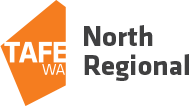
Diploma of Visual Arts
- There are no mandated entry requirements.






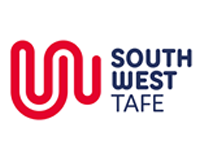

Certificate IV in Visual Arts
- There are no mandated entry requirements.








Bachelor of Visual Arts
- There are no mandated entry requirements.

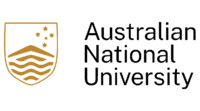
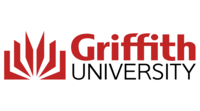


Bachelor of Visual Arts (Honours)
- There are no mandated entry requirements.



Master of Fine Arts (Research)
- There are no mandated entry requirements.
 The University of Western Australia
The University of Western Australia
Related occupations
Painter
Painters create and display artworks, working on commissions or personal pieces, requiring creativity, skill, and strong communication.
Sculptor
A Sculptor creates three-dimensional art from various materials, often displaying work in galleries or taking commissions while collaborating with clients.
Potter
A Potter uses clay to create functional and artistic pieces, employing techniques like glazing while communicating effectively with customers.
Jeweller
A Jeweller designs and creates jewellery pieces from metal and gemstones, using techniques like shaping, polishing, and engraving while collaborating with clients to bring unique designs to life.
Art Studio Assistant
An Art Studio Assistant supports artists by preparing materials, assisting in production, and handling administrative tasks while communicating effectively.
Art Director
An Art Director oversees an organisation's visual representation, collaborating with designers to ensure cohesive print and online materials.
Freelance Artist
A Freelance Artist creates and sells art in various mediums, specialising in themes, taking commissions, and managing their marketing.
Art Gallery Director
An Art Gallery Director manages daily operations, coordinates exhibitions, liaises with artists, oversees marketing, finances, and staff, ensuring smooth gallery operations.
Art Gallery Assistant
An Art Gallery Assistant helps set up exhibitions, assists with marketing, provides gallery tours, and communicates exhibition details to visitors.
Picture Framer
A Picture Framer crafts frames for artwork and memorabilia, advises customers, takes measurements, and ensures accurate mounting for display.
Screen Printer
A Screen Printer uses manual or digital techniques to print on various materials, mixing inks, producing prints, and meeting deadlines accurately.
Illustrator
An Illustrator creates images for books, advertising, or marketing, specialising in media like paintings or digital art, working to briefs and deadlines.
Gallery Manager
Gallery Managers oversee the operations of art galleries and museums, handling administration, marketing, and exhibition events while ensuring art sales and recruitment align with the gallery's goals.
Art Consultant
Art Consultants help clients purchase and display artworks, requiring a passion for contemporary art and strong sales skills.
Arts Administrator
An Arts Administrator oversees arts organisations by managing budgets, coordinating events, promoting initiatives, and ensuring compliance with regulations.
Art Technician
An Art Technician aids in creating and installing artworks, managing materials, supporting artists technically, and ensuring a safe working environment.
Fine Artist
Fine Artists create original artworks, express visions or commentary, exhibit and sell pieces, and handle business to sustain their work.
Craftsperson
A Craftsperson creates, assembles, and repairs products, specialising in materials like wood and metal, while ensuring quality and safety standards.
Art Dealer
An Art Dealer specialises in buying and selling artworks, valuing pieces, curating exhibitions, and providing investment advice to clients.
Arts Programmer
An Arts Programmer develops and manages cultural programs, collaborates with artists, oversees event logistics, and promotes audience engagement.
Ceramic Artist
A Ceramic Artist creates functional and artistic pieces from clay, using techniques like hand-building and glazing to achieve unique designs.
Common questions
How much does an Artist earn?
In Australia, a full time Artist generally earns $1,300 per week ($67,600 annual salary) before tax. This is a median figure for full-time employees and should be considered a guide only. As you gain more experience you can expect a potentially higher salary than people who are new to the industry.
What are the job opportunities for an Artist?
The number of people working as an Artist in Australia has increased steadily and there are now 11,000 people in this role. This number has increased from 8,700 five years ago. Artists may find work across all regions of Australia.
Source: Australian Government Labour Market Insights
How do I become an Artist?
If you’d like to start a career as an Artist you could enrol in a Certificate I in Visual Arts. This qualification allows you to experiment with a range of different art forms including drawing, sculptures and metalwork. You could also consider a Certificate II in Design Fundamentals or a Certificate II in Aboriginal and Torres Strait Islander Cultural Arts.
Further reading

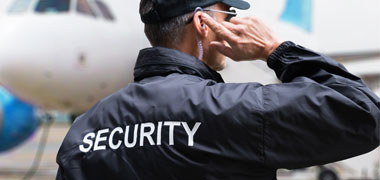
Choosing a security licence course in Australia: A step-by-step guide for jobseekers
10th November 2023)

